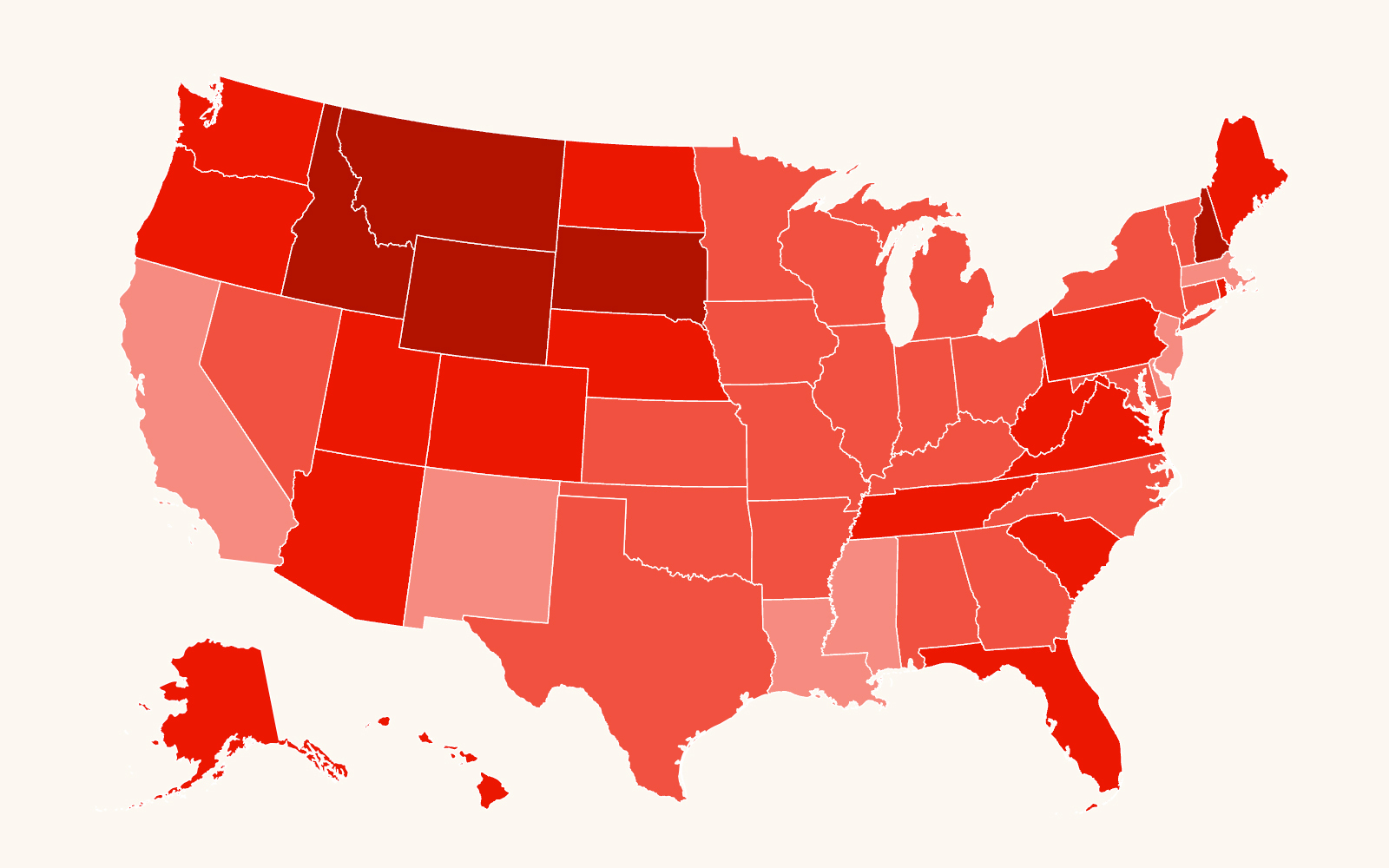Learning for Justice Resources
- We Won’t Wear the Name
After witnessing the rise of the “alt-right,” this social studies teacher doubled down on debunking Confederacy myths.
- Exploring the SPLC’s ‘Whose Heritage?’ Report
This SPLC report, Whose Heritage?, can help teach the history behind the memorialization of Confederate symbols in public spaces.
- SPLC’s ‘Whose Heritage?’ Report: A Teaching Opportunity
Across the country, schools, monuments and statues pay homage to the Confederacy. A new report can help teach the history behind these public fixtures—and how they spread throughout the South and beyond.
- Imagining a World Without White Supremacy
Meet two innovative educators who help students face their communities’ painful histories and envision brighter futures.
- States’ Rights and “Historical Malpractice”
At these three high schools, each named for Robert E. Lee, students led the way toward change.
Bibliography
- Ater, Renée. “Commemorating Black Soldiers: The African American Civil War Memorial in Washington, D.C.” In Tell It with Pride: The 54th Massachusetts Regiment and Augustus Saint-Gaudens’ “Shaw Memorial,” eds. Sarah Greenough and Nancy Anderson, 112–26. Washington, DC: National Gallery of Art, 2013.
- Barbee, Matthew Mace. Race and Masculinity in Southern Memory: History of Richmond’s Monument Avenue, 1948–1996. Lanham, MD: Lexington Books, 2013.
- Blight, David W. Race and Reunion: The Civil War in American Memory. Cambridge, MA: Belknap Press of Harvard University Press, 2001.
- Bonner, Robert E. Colors and Blood: Flag Passions of the Confederate South. Princeton, NJ: Princeton University Press, 2018.
- Brown, Thomas J. Civil War Monuments and the Militarization of America. Chapel Hill: The University of North Carolina Press, 2019.
- ———. The Public Art of Civil War Commemoration. Boston: Bedford/St. Martin’s, 2004.
- Cook, Robert J. Troubled Commemoration: The American Civil War Centennial, 1961 – 1965. Baton Rouge: Louisiana State University Press, 2007.
- Cox, Karen L. Dixie’s Daughters: The United Daughters of the Confederacy and the Preservation of Confederate Culture. 2nd ed. Gainesville: University Press of Florida, 2019.
- ———. No Common Ground: Confederate Monuments and the Ongoing Fight for Racial Justice. Chapel Hill: University of North Carolina Press, 2021.
- Clinton, Catherine, et. al. Confederate Statues and Memorialization. Athens: University of Georgia Press, 2019.
- Delmont, Matthew. “Why the Confederate Flag Flew During World War II.” The Atlantic. June 18, 2020.
- Dickinson, Michael. “Black Realities and White Statues: The Fall of Confederate Monuments.” Black Perspectives, June 18, 2020.
- Doss, Erika. Memorial Mania: Public Feeling in America. Chicago: University of Chicago Press, 2010.
- Driggs, Sarah Shields, Richard Guy Wilson, and Robert P. Winthrop. Richmond’s Monument Avenue. Chapel Hill: University of North Carolina Press, 2001.
- Foster, Gaines M. Ghosts of the Confederacy: Defeat, the Lost Cause, and the Emergence of the New South. New York: Oxford University Press, 1987.
- Freeman, David B. Carved in Stone: The History of Stone Mountain. Macon, GA: Mercer University Press, 1997.
- Ifill, Sherrilyn A. On the Courthouse Lawn: Confronting the Legacy of Lynching in the Twenty-First Century. Rev. ed. Boston: Beacon Press, 2018.
- Janney, Caroline. “The Civil War in Public Memory,” in Cambridge History of the American Civil War, vol. 3, Aaron Sheehan-Dean, ed. (New York: Cambridge, 2019), 481–505.
- Landrieu, Mitch. In the Shadow of Statues: A White Southerner Confronts History. New York: Viking, 2018.
- Levinson, Sanford. Written in Stone: Public Monuments in Changing Societies. Durham, NC: Duke University Press, 2018.
- McElya, Micki. “Commemorating the Color Line: The National Mammy Monument Controversy of the 1920s,” in Mills, Cynthia J., and Pamela H. Simpson. Monuments to the Lost Cause: Women, Art, and the Landscapes of Southern Memory. 2nd ed. Knoxville: University of Tennessee Press, 2019.
- Perry, Andre. “Removing Racist Monuments Is About Making History, Not Erasing It.” The Hechinger Report, November 7, 2017.
- Phelps, Jess R., and Jessica Owley. “Etched in Stone: Historic Preservation Law and Confederate Monuments.” Florida Law Review 71 (2019): 627–88.
- Savage, Kirk. Standing Soldiers, Kneeling Slaves: Race, War, and Monument in Nineteenth- Century America. Princeton, NJ: Princeton University Press, 1997.
- Seidule, Ty. Robert E. Lee and Me: A Southerner’s Reckoning with the Myth of the Lost Cause. New York: St. Martin’s Press, 2020.
- ———. “Black Power Cadets: How African American Students Defeated President Nixon’s Confederate Monument and Changed West Point, 1971 – 1976,” Hudson River Valley Review 36, no. 1 (Autumn 2019).
- Trenticosta, Cecelia, and William C. Collins. “Death and Dixie: How the Courthouse Confederate Flag Influences Capital Cases in Louisiana.” Harvard Journal on Racial and Ethnic Justice 27 (Spring 2011): 125–64.
- Upton, Dell. What Can and Can’t Be Said: Race, Uplift, and Monument Building in the Contemporary South. New Haven, CT: Yale University Press, 2015.
- Whites, LeeAnn. “You Can’t Change History by Moving a Rock: Gender, Race, and the Cultural Politics of Confederate Memorialization.” In The Memory of the Civil War in American Culture, edited by Alice Fahs and Joan Waugh, 213–36. Chapel Hill: University of North Carolina Press, 2004.
- Wahlers, Kasi E. “North Carolina’s Heritage Protection Act: Cementing Confederate Monuments in North Carolina’s Landscape.” North Carolina Law Review 94, no. 6 (2016): 2176–2200.
- Whitmire, Kyle. “Alabama’s Capitol Is a Crime Scene. The Cover-Up Has Lasted 120 Years.” AL.com, January 12, 2022.
- ———. “How A Confederate Daughter Rewrote Alabama History for White Supremacy.” AL.com, February 16, 2022.
- Williams, Caroline Randall. “You Want a Confederate Monument? My Body Is a Confederate Monument.” New York Times, June 26, 2020.
- Winberry, John. “‘Lest We Forget’: The Confederate Monument and the Southern Townscape.” Southeastern Geographer (November 1983), 107–21.
Photo by Ryan M. Kelly/Getty Images
